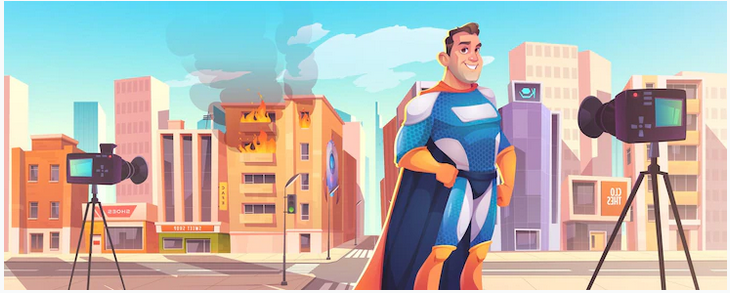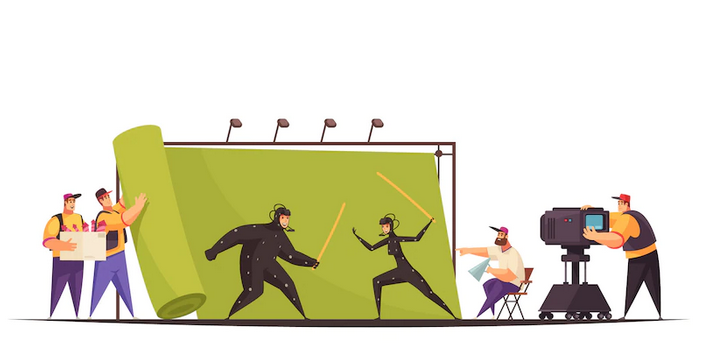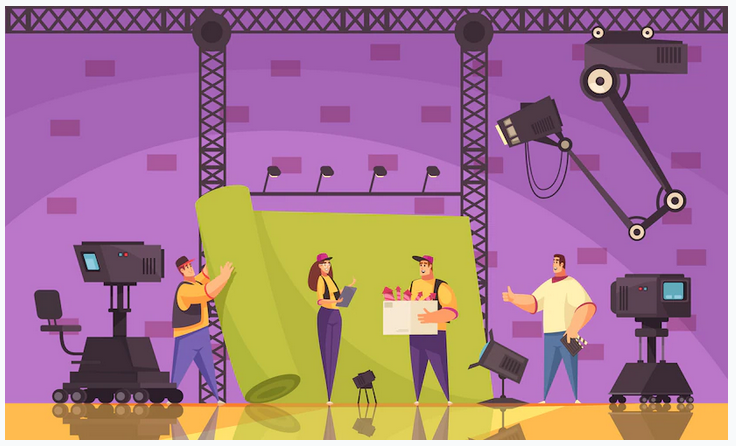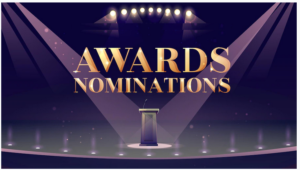Table of Contents
Guide To Camera Shots and Angles Used In Video Production
In both live video production and animated video production certain camera techniques are used to create a specific effect or feeling. Different types of shots can be used to set the tone for your project, and help keep your viewer engaged. In this blog post, we’ll take a look at some of the most common camera shots used in video production, and discuss how they can be used to achieve your desired outcome.
So whether you’re just starting out in video production, or are looking to add new tricks to your repertoire, read on for some helpful tips!
Shot Types and Camera Angle Techniques used in the Film and Video Production process can be broadly divided into two groups:
Camera Angles and Camera Shots. Camera Angles tend to be more static, while Camera Shots are usually more dynamic.
Camera Angles include:
– Low Angle
– High Angle
– Dutch Angle
– Eye Level
– Worm’s Eye View
– Bird’s Eye View
– Over the Shoulder
Camera Shots include:
– Close Up
– Medium Shot
– Long Shot
– Extreme Long Shot
– Wide Shot
– Establishing Shot
Camera Angles are usually used to establish the power dynamics between characters, while Camera Shots are more often used to convey emotion or create a sense of space.
When deciding which Camera Angle or Camera Shot to use, think about what mood you want to create and what message you want to communicate in your video. For example, a Low Angle Camera Shot will make someone look powerful, while a High Angle Camera Shot can make them look small or vulnerable.
Experiment with different Camera Angles and Camera Shots to find the ones that best suit your story.
Ok, so lets now take a more in depth overview complete with examples of the above video techniques and how they are used in the storytelling aspect of video production:
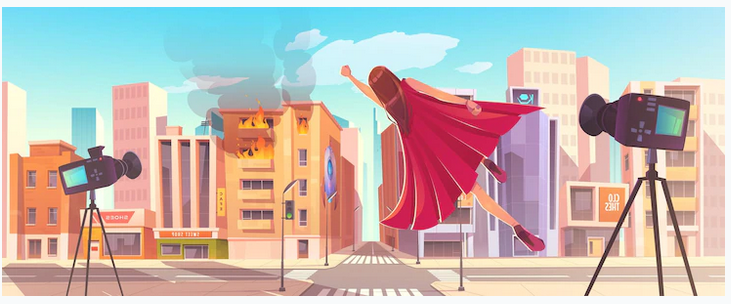
Camera Shots and Angles Used In Video Production – Camera Angles:
Low Angle Camera Shot:
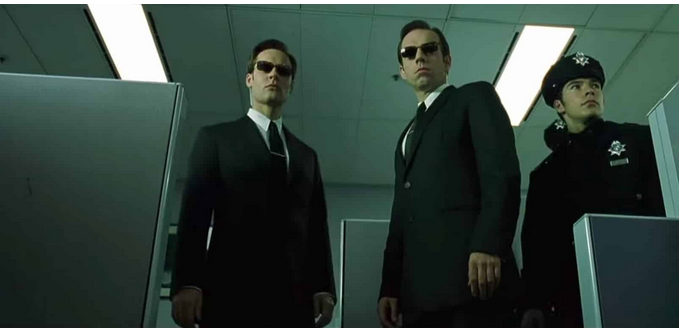
A Low Angle camera shot is when the camera is positioned below the subject, making them look taller and more powerful. This type of Camera Angle is often used in action movies to make the heroes look larger than life.
High Angle Camera Shot:
A High Angle Camera Shot is when the Camera is positioned above the subject, making them look small or vulnerable. This Camera Angle is often used in Horror movies to make the victims look helpless.
Dutch Angle Camera Shot:
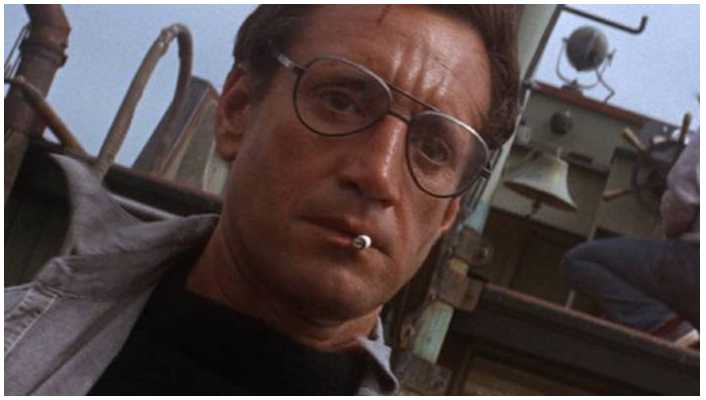
A Dutch Angle Camera Shot is when the Camera is tilted to the side, creating a sense of unease. This Camera Angle is often used in Thrillers to make the audience feel like something is not quite right.
Eye Level Camera Shot:
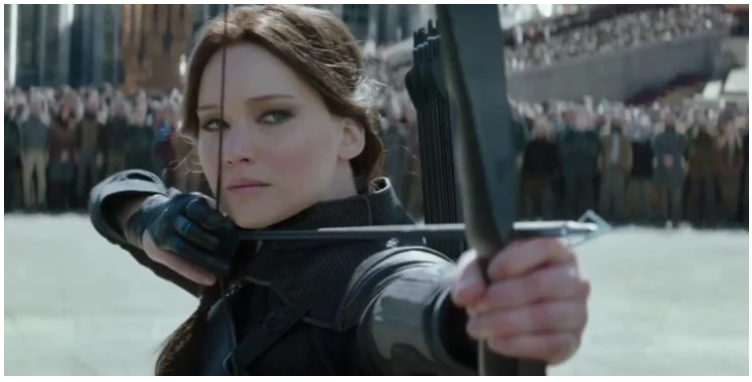
An Eye Level Camera Shot is when the Camera is positioned at eye level with the subject. This Camera Angle is the most neutral and is often used in documentaries to give the audience a sense of objectivity.
Worm’s Eye View / Ground Camera Shot:
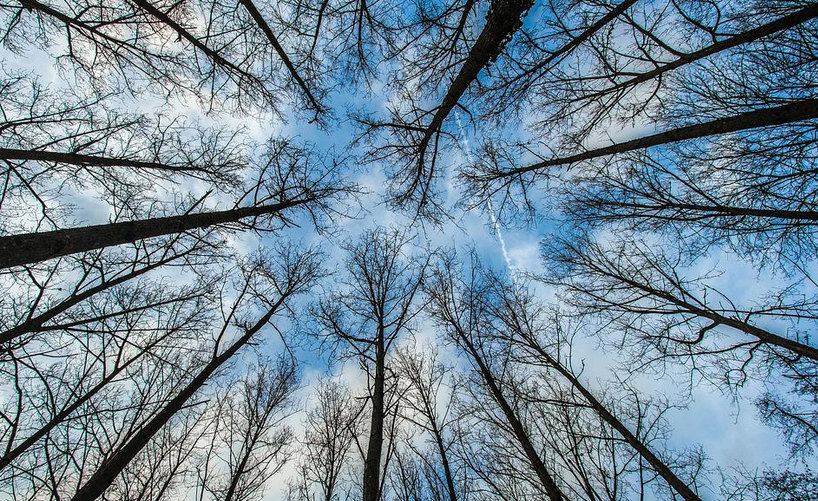
A Worm’s Eye View Camera Shot is when the Camera is positioned below the subject, making them look taller. This Camera Angle is often used in Comedies to make the characters look silly.
Bird’s Eye View / Overhead Camera Shot:
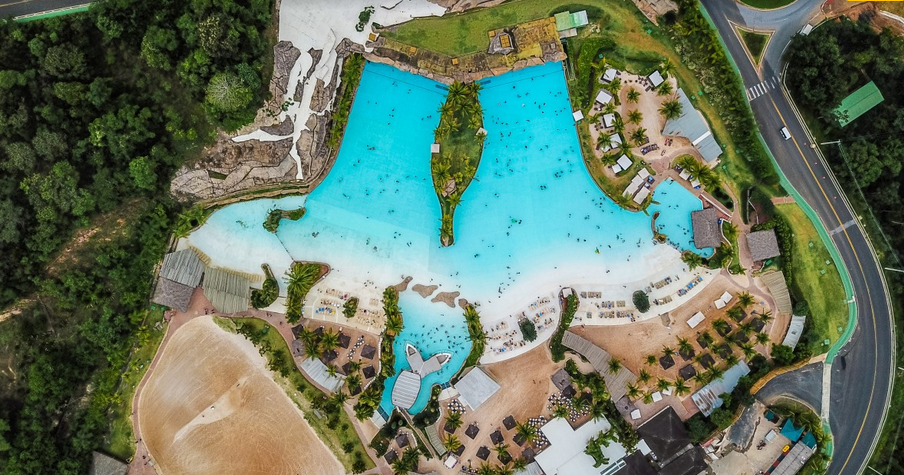
A Bird’s Eye View Camera Shot is when the Camera is positioned above the subject, giving them a sense of grandeur. This Camera Angle is often used in Epic movies to make the landscape look vast and majestic.
Over the Shoulder Camera Shot:
An Over the Shoulder Camera Shot is when the Camera is positioned over one character’s shoulder to show another character in the frame. This Camera Shot is often used in romantic movies to show the couple’s connection with each other.
A point of view camera shot is a very powerful and evocative tool that can be used to great effect in film and video. This type of shot puts the viewer right into the action, allowing them to feel as though they are experiencing the events firsthand. Done well, a point of view shot can help to create a strong emotional connection with the audience.
There are a few different ways to execute a POV ( point of view shot ). One common method is to use a handheld camera, or even just a smartphone, to film the scene from the character’s perspective. This can be used to great effect in chase scenes or other moments of high action.
Another way to achieve a point of view shot is to use a drone or other type of camera mounted on a moving vehicle. This gives the audience the sense of speed and movement, as well as providing an interesting bird’s eye view.
No matter how you choose to execute it, a point of view shot can be a great way to add excitement and depth to your film or video. Just be sure to use it sparingly, as too many of these shots in a row can start to feel overwhelming for the viewer.
Round Up;
Camera Angle Shots are an important part of film and video making. They can make a character look tall or small, powerful or vulnerable. Choose the Camera Angle Shot that best suits your story and experiment with different Camera Angles to find the ones that work best for you.
Camera Shots and Angles Used In Video Production – Camera Shots :
Close Up Camera Shot:
A close up shot is a camera angle that is very close to the subject. This type of shot is usually used to capture facial expressions and can be used to add emotion to a scene.
Some things to keep in mind when using a close up shot:
– Make sure the subject’s face is well lit
– Avoid having too much empty space in the frame
– Use a shallow depth of field to keep the focus on the face
Medium Shot Camera Shot:
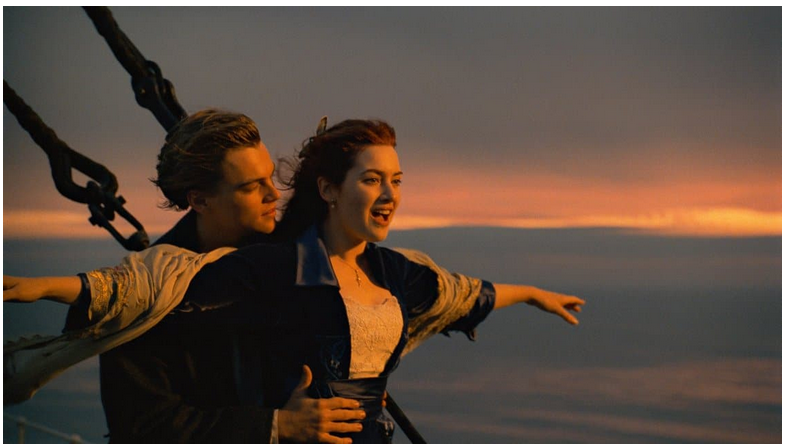
A Medium Shot Camera Shot is when the Camera is positioned at a medium distance from the subject, usually showing their upper body. This Camera Shot is often used in Conversations to show the characters interacting with each other.
A medium camera shot is a type of camera shot that is usually used to film a subject from the waist up. This type of camera shot is often used in interviews, as it allows the viewer to see the person’s facial expressions and body language.
Medium shots can also be used to film a group of people, such as a conversation between two people.
Long Shot Camera Shot:
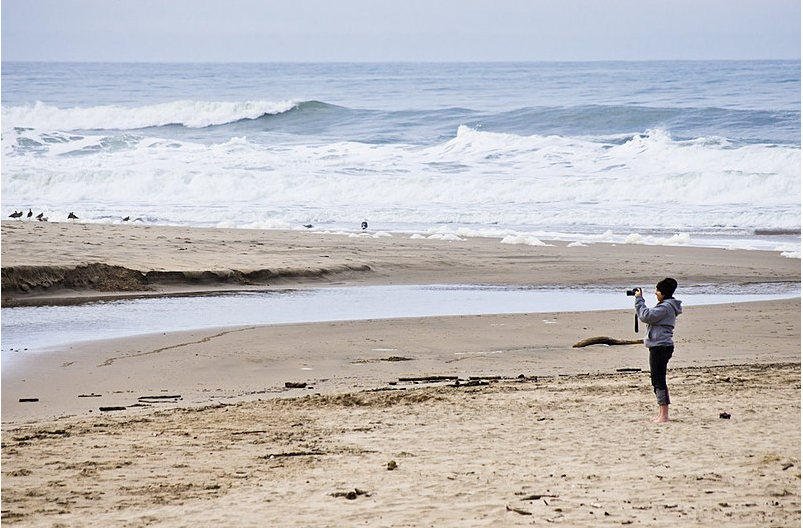
A Long Shot Camera Shot is when the Camera is positioned at a distance from the subject, usually showing their whole body. This Camera Shot is often used in Action movies to show the characters in relation to their surroundings.
A long camera shot is a continuous shot of a scene that lasts for an extended period of time. This type of shot is often used to capture the overall feel of a location or to set up a scene before cutting to closer shots.
Long camera shots can be challenging to execute, as they require careful planning and coordination between the director, camera operator, and other crew members.
Extreme Long Shot Camera Shot:
An Extreme Long Shot Camera Shot is when the Camera is positioned very far from the subject, usually showing them as a small figure in a large landscape. This Camera Shot is often used in Westerns to make the desert look vast and empty.
An extreme long shot (ELS) is a camera shot that frames a subject from a great distance. It can be used to establish the setting of a scene or location, as well as create a sense of scale. In an ELS, the subject may appear as a small figure in the frame, or even just a speck in the distance.
This type of shot is often used in epics and dramas, such as Lord of the Rings or Lawrence of Arabia, to create a grandiose feeling. It can also be used for comedic effect, as in the opening scene of Monty Python and the Holy Grail, where King Arthur and his knights are shown as tiny specks in the landscape.
Wide Camera Shot
A wide camera shot is a shot that shows a wide view of the scene. This type of shot is often used to establish the setting or location of a scene. Wide shots can also be used to show the scale of an object or landscape. Wide shots are usually taken with a wide-angle lens.
Establishing Shot:
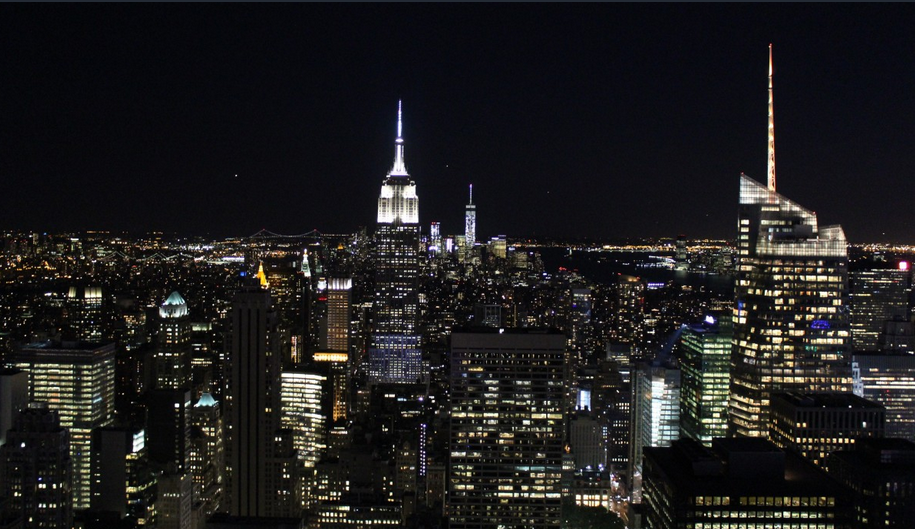
An establishing shot is a key component in film making that allows the audience to orient themselves within the world of the story. It can be used to introduce the location, time period, or overall tone of the film.
Establishing shots are often wide shots that give the viewer a panoramic view of the scene, allowing them to take in all the important details. This type of shot is usually followed by closer shots that focus on the characters and their actions.
Basic Types Of Video Camera Movement:
The different types of camera movement can affect the way a scene is shot and how the audience perceives it. Here are some of the most common types of camera movement:
– Panning: This is when the camera moves left or right on a horizontal axis. It can be used to follow a moving subject or to give the audience a wider view of the scene.
– Tilting: This is when the camera moves up or down on a vertical axis. It can be used to follow a moving subject or to give the audience a different perspective of the scene.
– Zooming: This is when the camera lens is moved closer or further away from the subject. It can be used to create a sense of depth or to make a subject appear closer or further away.
– Tracking: This is when the camera moves along with the subject. It can be used to add movement to a scene or to keep the subject in frame.
– Dolly Shot: This is when the camera is placed on a dolly and moved along with the subject. It can be used to create a smooth, moving shot or to follow a moving subject.
Now that you understand the different types of camera movement, you can start planning how to use them in your own video productions!
Conclusion: Camera Shots and Angles Used In Video Production
Camera shots and angles can be used to produce an effect on the viewer. When you are planning your next video, keep in mind the different effects that each type of camera shot can create.
Utilize these different types of camera shots to help tell your story and engage your audience. If you need help with planning your next animated video or want to learn more about how to use camera shots and angles to achieve a certain effect in your next animated video production contact us today.
We would be happy to walk you through the process and answer any questions you may have.
Article by Nicole Delgado 2022 | Article Writer | The Explainer Video Company — Animated Video Production For Business
Related Posts:

